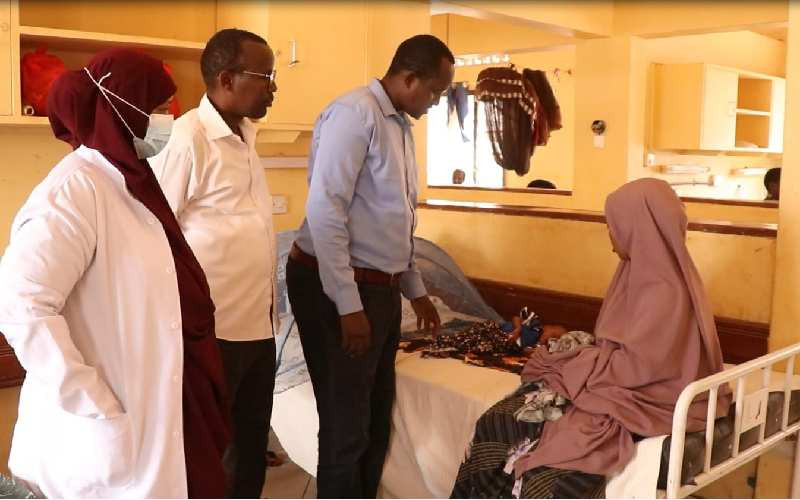×
The Standard e-Paper
Join Thousands of Readers

An eerie silence sweeps across the children's ward at Mandera County Referral Hospital, with no wailing or murmurs that would normally rent the air.
Halima Osman sits cross-legged on a white sheet-covered rubber mattress in one corner. Muzamil, her nine-month-old baby, is being fed milk via a syringe in her arms. His glassy eyes and frail body are all symptoms of his illness.